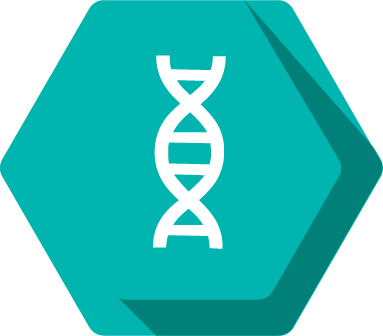Katura Metzner

Pronouns: she/her/hers
Research Mentor(s): Teresa O’Meara, Assistant Professor
Research Mentor School/College/Department: Microbiology and Immunology, Michigan Medicine
Presentation Date: Thursday, April 22, 2021
Session: Session 6 (4pm-4:50pm)
Breakout Room: Room 2
Presenter: 3
Abstract
Fungal pathogens like Candida albicans can cause devastating human disease. Treatment of candidemia is complicated by the high rate of resistance to common antifungal therapies and the toxicity of many antifungal compounds due to the conservation between essential mammalian and fungal proteins. As the number of immunocompromised and hospitalized patients vulnerable to fungal infections increases, it is essential to discover new targets and approaches for targeting these deadly fungal pathogens. An attractive new approach for antimicrobial development is to target virulence factors; these are non-essential processes that are required for the organism to cause disease in human hosts. This approach expands the potential target space while reducing the selective pressure towards resistance, as these targets are not essential for viability. In C. albicans, the key virulence factor is a morphogenetic switch from yeast to filaments. We have developed a high-throughput image analysis pipeline that can readily distinguish between yeast and filamentous growth in C. albicans and identify cytotoxic molecules. Based on this clear phenotypic assay, we have screened compounds for their ability to inhibit this important virulence factor or cause fungistatic or fungicidal effects. Also, to avoid host cell toxicity, the compounds screened are compounds used as treatments for other medicinal purposes. We have begun to use these compounds to screen for resistant mutants of C. albicans, and in the future we will use these resistant mutants to leverage the tractable genetic systems of C. albicans to determine mechanism of action, thus allowing for targeted development of new antifungal therapies. Overall, this approach will build a platform for rapidly developing new molecules for antifungal therapeutics.
Authors: Katura Metzner
Research Method: Laboratory Research








